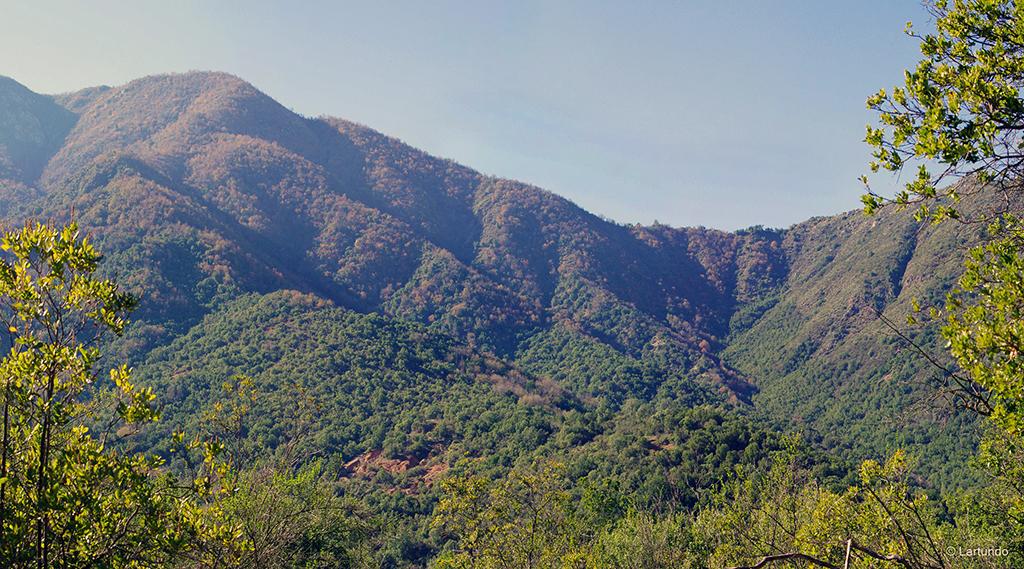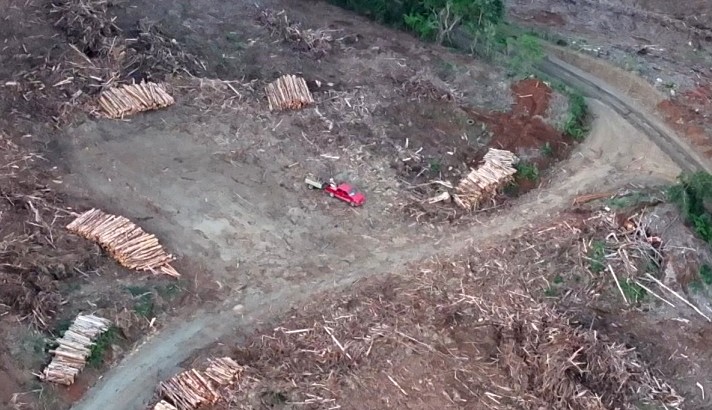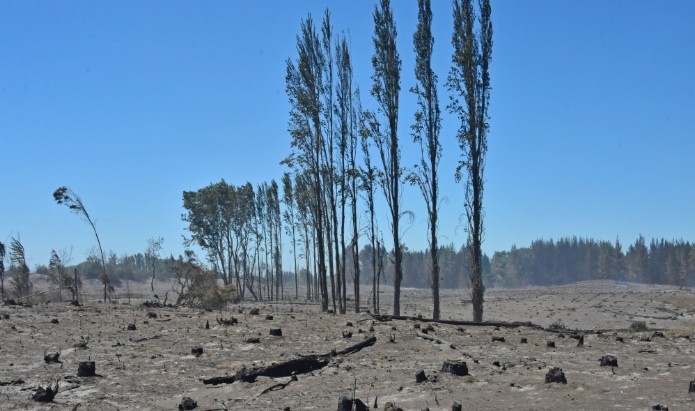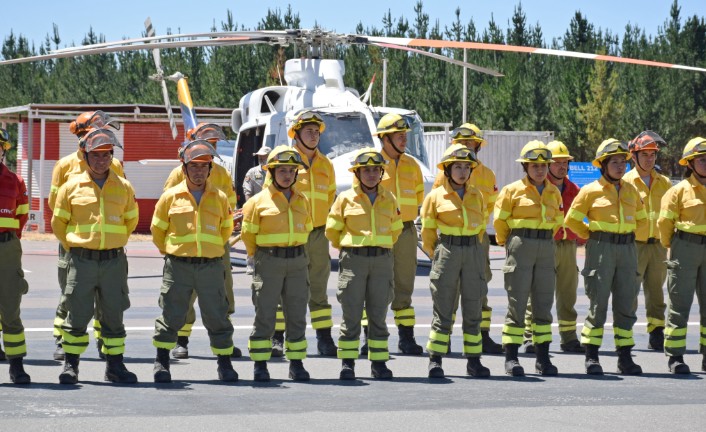Research Reveals Chilean Mediterranean Forest on the Brink of Collapse
Climate change and deforestation have affected forests worldwide, including those in Chile, among them the Mediterranean or sclerophyllous forest, which extends between the Coquimbo Region and the Araucanía Region and is identified by the presence of species such as litre, peumo, quillay, mitique, or colliguay, among others.
A study led by Diego Cueto, a graduate of Natural Resources Engineering from the Faculty of Agricultural Sciences at the University of Chile, revealed that the Chilean sclerophyllous forest is at high risk, on the brink of collapse, with 39.8 percent of these forest masses showing a high or very high risk index.
The researcher explains that this collapse in such forests can affect through the loss of ecosystem services, which are "the services, benefits, and utilities that humans obtain directly or indirectly from these forest ecosystems or ecosystems of any type."
"The sclerophyllous forest provides services such as temperature and water regulation management, firewood provision, and cultural provisions for various communities, including landscape benefits—one can list many. The problem we found is that in its northern extreme, the forest is reaching what is scientifically termed a tipping point, a point at which the forest loses its resilience to naturally regain its original coverage and structure," states Cueto.
The Natural Resources engineer adds that this phenomenon causes "a shift from a denser sclerophyllous forest to a sclerophyllous scrubland type. This means the forest is being lost, degraded, and fragmented, and as it loses this structural vigor, it loses its ability to provide ecosystem services to the population." He further notes that "it may start raining less now; with reduced forest cover, it becomes less capable of absorbing this water, which can lead to flooding events, increased drought, and, for example, in the Coquimbo Region, significant transhumance. Animals may be left without food to eat, and these types of cultures may be lost. So, it is not merely a biological issue but a cross-cutting and social one as well."
Climatic and human variables
"Chilean Mediterranean forest on the verge of collapse? Evidence from a comprehensive risk analysis" is the title of the study in which Cueto worked alongside the Biodiversity and Environment Laboratory of USACH, directed by Dr. Alberto Alaniz, along with Claudia Hidalgo-Corrotea, Pablo M. Vergara, Mario A. Carvajal, and Alexis Barrios-Saravia.
Diego Cueto explained that to obtain the results, they considered three items: "climatic variables, such as temperature and drought, and how the forest responds to these conditions. To estimate human impact, we assessed changes in land use over the different periods we evaluated. So, with these three broad areas, we aimed to comprehensively address human and climatic variables and how they have affected the forest."
"For the northern extreme of this forest's distribution, what stood out most was that it was affected by climate change and degradation; in the central zone, a very curious phenomenon occurred—a mix between the effect of climate change and human activity, where the increase in agricultural coverage was highly exacerbated," notes Cueto.
Regarding the possibility of recovery, Cueto indicates that "autonomously, we believe it would be very difficult to recover. Human interventions would be necessary, as several projects are already proposing, for example, Nationally Determined Contributions, the government's landscape restoration plans, which aim to reforest with native species. In the central zone, public policies must also be addressed because of the issue of agricultural expansion, but there is also a super complex problem at play: we need to produce food, so we need areas enabled for agriculture and areas we can preserve."

















